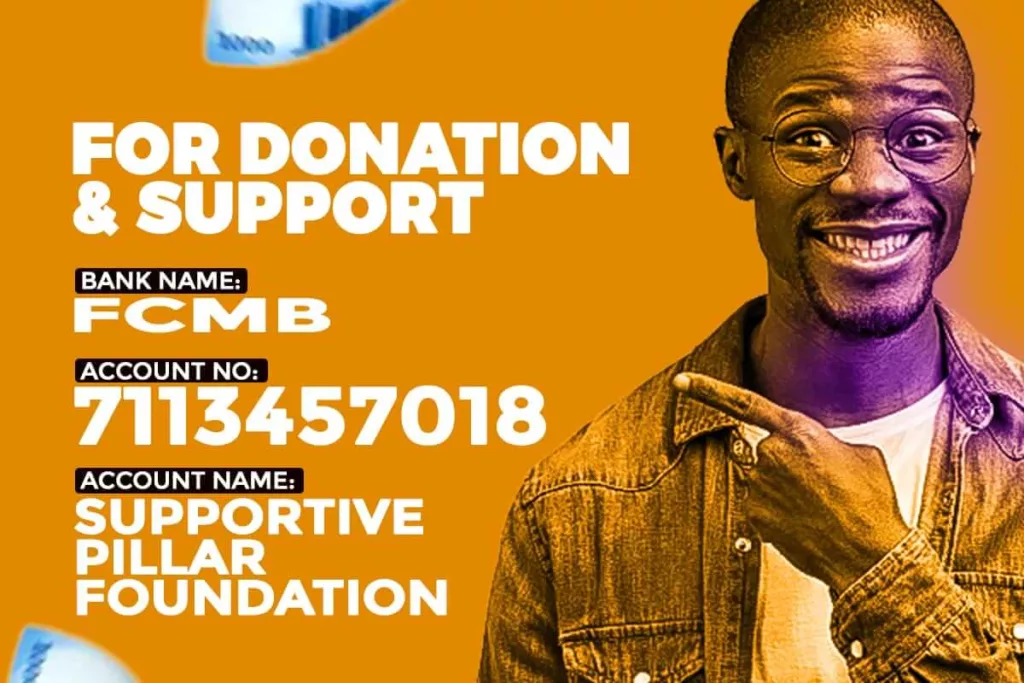For every entrepreneur who has dared to dream, a business grant represents more than just funding—it’s an opportunity to accelerate their vision and create impact. As you approach the final stage of a business grant, especially one as transformative as the Eagles’ Nest Business Grant by Supportive Pillar Foundation, the pressure intensifies—but so does the potential.
With just a few steps left to the finish line, how can you best position yourself to stand out and succeed? This article will guide you through practical strategies and mindset shifts to confidently navigate the final lap and leave a lasting impression.


1. Understand What the Final Stage Truly Demands
The final stage of a business grant often involves a pitch, presentation, Q&A session, or interview. At this point, judges are not just looking at your idea—they’re evaluating you.
They want to know:
- Can you execute this plan?
- Have you refined your model based on feedback?
- Will the grant create real, measurable impact?
Understanding these expectations allows you to tailor your preparation to align with the decision-makers’ priorities.
2. Refine Your Business Plan—Again
If you’ve made it this far, your business plan is likely solid. But in the final stretch, good isn’t good enough—you need great. Revisit your plan with a fresh lens.
Key focus areas:
- Problem-Solution Fit: Clearly show the pain point your business addresses and why your solution is unique.
- Scalability: Demonstrate how the business can grow with the grant’s support.
- Sustainability: Highlight how you’ll keep operations running long after the grant money is used.
Don’t forget to update numbers, include real-time data, and use visuals (charts, graphs, mockups) if your presentation allows.
3. Craft a Winning Pitch
Whether it’s 3 minutes or 10, your pitch is your golden moment. It should be clear, passionate, and memorable.
Structure it like this:
- Hook: Start with a compelling story or statistic.
- Problem: Briefly describe the issue you’re solving.
- Solution: Introduce your business idea and its value.
- Traction: Share milestones, customer testimonials, or sales.
- Use of Funds: Show exactly how you’ll use the grant.
- Impact: Emphasize the social or economic benefit.
- Call to Action: End with a confident, grateful close.
Practice often—alone, in front of peers, or even with mentors. Confidence comes with repetition.
4. Show Personal Growth and Commitment
Judges appreciate entrepreneurs who’ve grown through the process. Reflect on:
- Lessons you’ve learned since the application started.
- How have you adapted your idea or strategy?
- Any feedback you received, and how you used it.
Demonstrating humility and the ability to grow under pressure proves that you’re not only building a business but becoming a better entrepreneur.
5. Focus on Your “Why”
At this stage, your personal story becomes even more powerful. Judges connect to why you started this business. Was it to solve a community issue? Help widows become self-reliant? Provide affordable services in underserved areas?
Tie your why into your brand and your final presentation. Passion is contagious—and it sets you apart.
6. Leverage Mentorship and Feedback
If your grant program (like SPF’s) offers coaching or mentorship, take it seriously. Reach out to past winners, trainers, or mentors. Ask for honest feedback and apply it quickly.
Pro tip: Sometimes your biggest growth happens after someone critiques your idea. Be teachable.
7. Work on Your Presentation Skills
You might have a great business, but poor presentation can ruin your chances. Here’s how to improve:
- Body Language: Stand tall, make eye contact, and use gestures naturally.
- Voice Clarity: Speak clearly, avoid filler words, and vary your tone.
- Visual Aids: Use slides or props only if they enhance, not distract.
- Time Management: Stick to your allotted time and rehearse with a timer.
You’re not just selling your idea—you’re selling yourself as a leader worth investing in.
8. Anticipate Questions
Prepare answers to tough questions like:
- What’s your biggest challenge so far?
- How will you track impact?
- What if your plan doesn’t work?
Rehearse your answers with a friend or mentor. Being ready shows you’re serious, self-aware, and strategic.
9. Network with Other Finalists
Finalists are not your competitors—they’re your future collaborators. Connect with them, support them, and share ideas. The relationships you build now could open doors long after the grant ends.
At SPF, we believe every participant is a change-maker. Whether or not you win, you’re now part of a powerful community.
10. Stay Positive and Professional
The final stage can be intense. Emotions run high. Stress creeps in. But this is where professionalism counts.
- Be punctual.
- Dress appropriately.
- Thank the judges and organizers.
- Stay polite and gracious—even if things don’t go perfectly.
Remember, how you show up matters just as much as what you say.
11. Prepare for Life After the Grant
Win or lose, be ready to take action after the finale. If you win—fantastic! Execute your plan and share your progress. If not, don’t let disappointment derail your dream.
Instead:
- Seek alternative funding.
- Launch on a smaller scale.
- Use the experience to refine your vision.
Many successful businesses failed to win their first grants, but used the exposure and feedback to bounce back stronger.
Final Thoughts: Your Journey Matters
As the countdown to the finale begins, remember: You didn’t come this far by luck. You earned your spot. And with the right preparation, mindset, and heart, you can shine when it matters most.
Whether you walk away with the grant or not, your growth is your true win.
At the Supportive Pillar Foundation, we’re proud of every finalist. You are the reason we believe in empowering dreams. So go ahead—step onto that stage, speak your vision, and inspire the world.
Your future is waiting.
The Supportive Pillar Foundation in Nigeria combats hunger and empowers the underprivileged.



